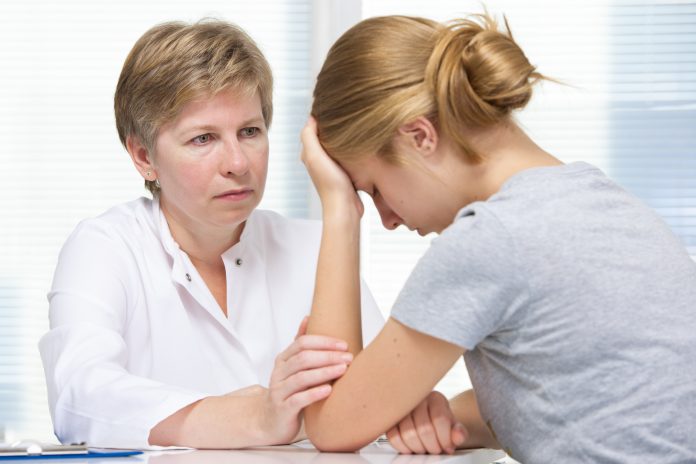New research into paediatric hospital services reveals more children and adolescents used hospital mental health services in NSW, following the 2020 Covid-19 lockdown compared to the years prior to the pandemic.
This research shows there is a need for sustained and targeted mental health services for children and adolescents now and beyond the pandemic.
In the joint study between UNSW Sydney and the Sydney Children’s Hospitals Network (SCHN), researchers compared the observed and predicted numbers of children’s admission into inpatient services and hospital emergency departments (ED) between January 2020 and February 2021.
The study published in The Lancet Regional Health – Western Pacific, the researchers found the use of children’s mental health related services (including admissions to ED) rose sharply beyond pre-pandemic levels once lockdown ended.
“When we compared the actual number of children and adolescents using hospital mental health services with the predicted number based on the pre-pandemic data, they were up by 30 to 55% from June 2020 to February 2021,” study lead author Dr Nan Hu says.
“This equates to a rise of an average of 110 mental health related inpatient admissions and ED attendances per month between June 2020 and February 2021 when compared to the predicted numbers using the data from the years 2016-19 in our study.”
Interestingly, on closer examination the researchers discovered that of the children who sought mental health services, the majority were female, aged 12 to 17, and from socio-economically advantaged backgrounds.
Dr Hu says there isn’t enough detail in the data to explain either the surge in mental health demand at hospitals, or the demographics of those that sought these services, but he wonders whether a few flow-on effects from lockdown could be at play.
“The increase in mental health related service use should be understood in the context of a steady increase in mental health difficulties and related health service use among children and adolescents over the last decade in Australia,” he says.
“The unintended consequence of the lockdown measures such as social isolation and reduced access to school and community services have potentially exacerbated the long-standing issues faced by the young people.”
As to why more children using hospital mental health services appeared to come from advantaged backgrounds, Dr Hu and colleagues say without data from local GPs seeing children for mental health issues, it is difficult to pinpoint exactly.
“One possible reason for this could be that there was reduced access to community mental health specialists that would otherwise be available to children in these advantaged areas in pre-pandemic times,” Dr Hu says.
“But we really would need more data from other sources like GPs and schools, and it’s something we’re interested at looking at in future studies.”
Study senior author Professor Raghu Lingam, Professor of Paediatric Population Health at UNSW and consultant paediatrician with SCHN, says the findings can inform how health services can respond to the mental health needs of young people as the pandemic unfolds.
“We believe this work highlights the real need for sustained and targeted delivery of mental health services for children and adolescents during and beyond the pandemic,” he says.
“We need more monitoring of direct and indirect outcomes among children as the pandemic evolves in years to come.”
To read the study, visit: thelancet.com/journals/lanwpc/article/PIIS2666-6065(21)00220-0/fulltext




